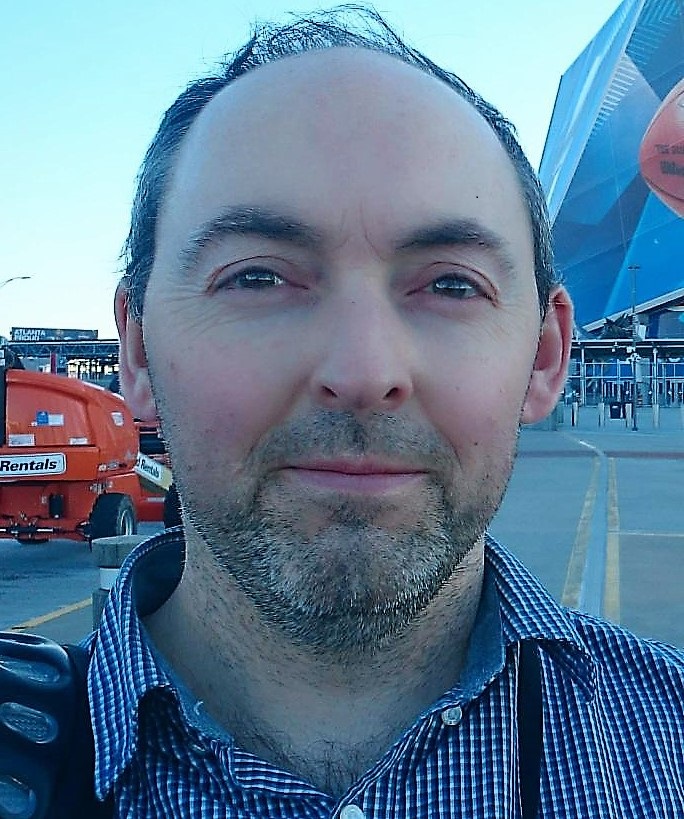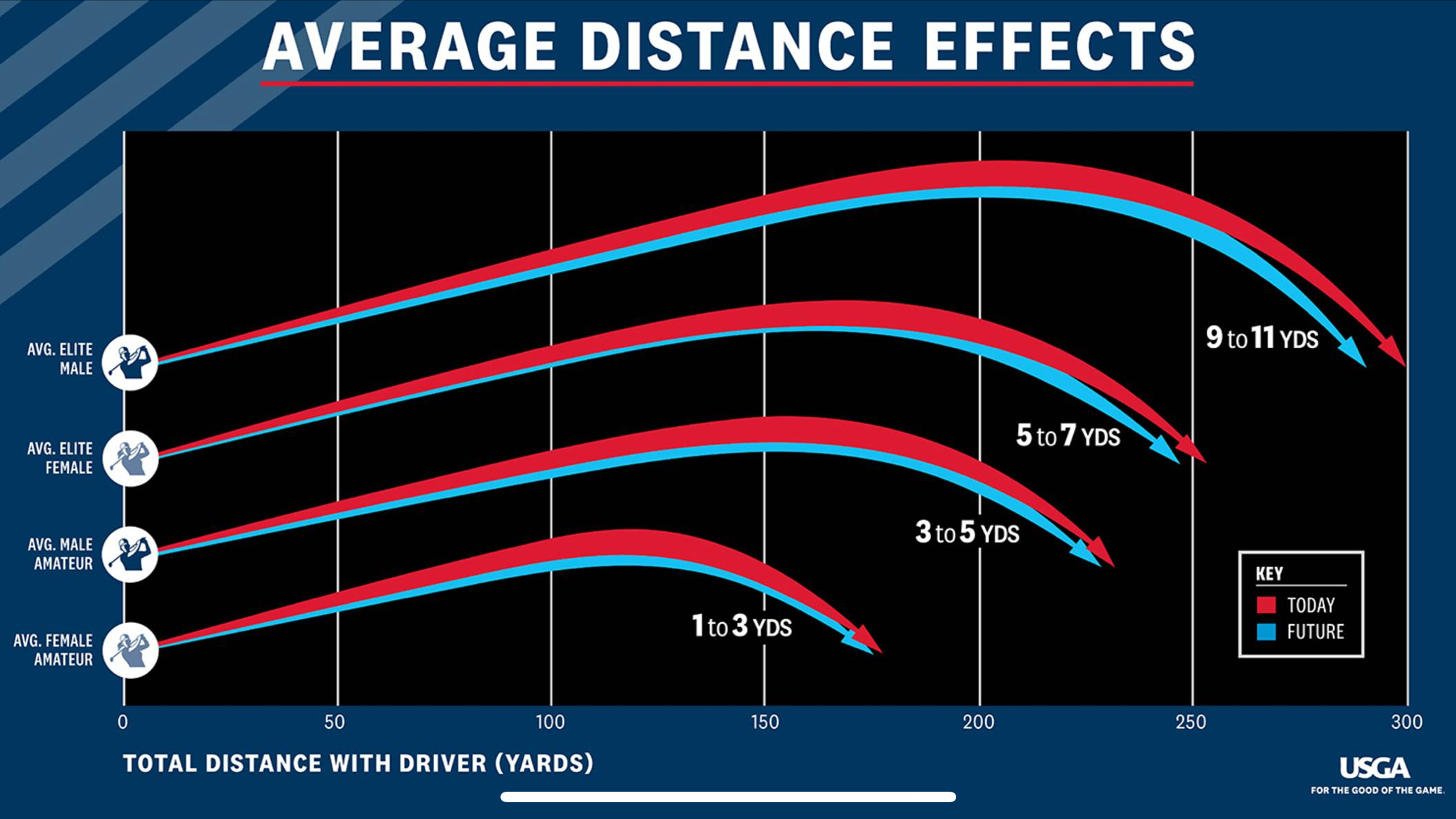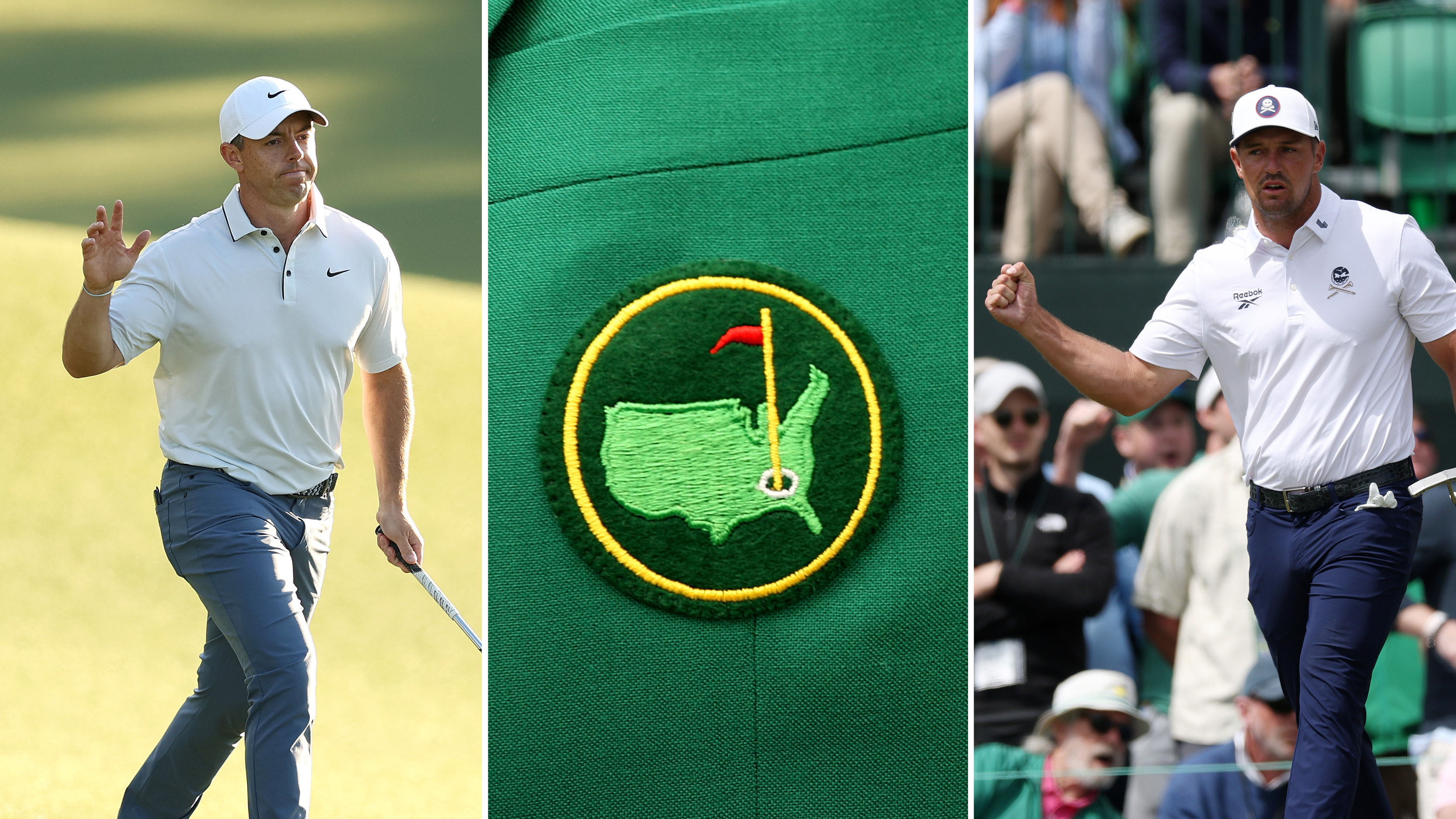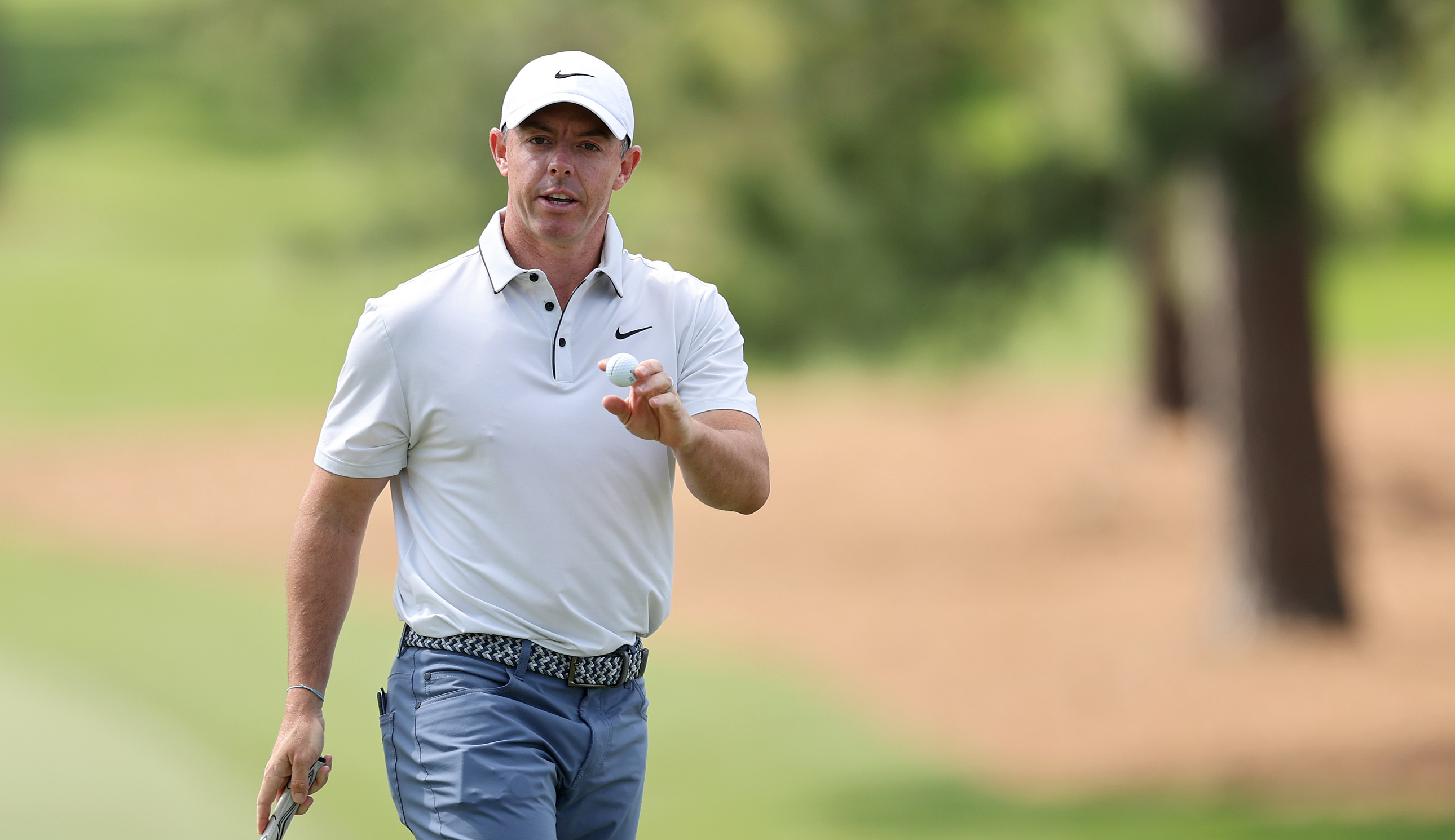'In The Next 15 Or 20 Years We’re Probably Going To Be Right Back To The Same Distance We Are Today, But That Would Be Considered A Huge Success And A Win For The Game'
USGA chief Mike Whan says the golf rollback plan is just to slow down distance gains and is not aimed at bringing older courses back into hosting Majors


USGA chief Mike Whan has moved to calm the hysteria about new plans to rollback the golf ball in both professional and amateur golf, saying they're not trying to stop distance gains just slow down the pace of them.
Whan wants to avoid a "frenzy" from "ambulance chasers and alarmists" who have been voicing criticism for the plans - and also insisted that the move was not aimed at bringing older, shorter courses back into relevance for staging Majors.
One of the game’s longest-running issues, the driving distance debate, is back in the news following a revised golf ball rollback plan to counter the problem.
Everyone has an opinion on it, with leading figures in golf being both in favor and against it, but Whan does not believe cutting up to 15 yards from the biggest hitting male professionals and only up to five yards for recreational golfers if worthy of such a huge negative reaction.
“There’s going to be a lot of ambulance chasers and alarmists to make this seem so much worse than it really is," Whan said on the Golf Channel.
“We’ve run those stats, we ran it by an independent, third-party ball expert, three different ball companies, two of which quickly came back to us and said we agree with your estimate, so I don’t want a few loud voices that are trying to get more clicks and more viewers and more phone calls to drive a frenzy that quite frankly just isn’t based on fact.”
Whan was keen to point out that the plans from the USGA and R&A are not aimed at stopping distance gains totally, just to pump the breaks and slow the pace of the gains before it's too late.
Get the Golf Monthly Newsletter
Subscribe to the Golf Monthly newsletter to stay up to date with all the latest tour news, equipment news, reviews, head-to-heads and buyer’s guides from our team of experienced experts.

Comparing current average driving distances against those once the golf ball rollback is implemented
"I had an argument with a player yesterday morning and he said 'You know, no matter what changes you make we’re just going to work with our launch monitors, our coaches, our strength training. It may take us a while but we’re going to get back any distance lost that you try to take away.'
"And I completely agree that in the next 15 or 20 years we’re probably going to be right back to the same distance we are today, but that would be considered a huge success and a win for the game and for Martin [Slumbers, R&A chief] and I.
"Because the difference to that in doing nothing is 15, 20 or 25 years from now we’re another 20-25 yards longer and creating a problem we really can’t fix in the short or longer term.
"We didn’t do this to put a blanket on distance forever – if you're a long player, you're still going to be a long player, if you want to pursue distance as an advantage as a player you're going to be able to do that and be longer than others.
"We're just trying to slow the pace of that growth."
This was an exceptional explanation on the ideology of why this rollback was done from @USGAMike pic.twitter.com/9sMVJbaBHoDecember 6, 2023
Golf rollback won't bring back old courses
Some have said the reduction in distance is being made so the R&A and USGA can return to playing their Major championships and headline amateur events at some traditional older courses that are too short for modern golfers.
Whan says that's not the case though.
"A lot of people have said to me 'Is this really about you guys wanting to bring certain courses back to the US Open'," said Whan.
"I got to be honest with you, Martin would agree, we both have a folder of golf courses that we don’t think we could play our highest amateur, pro events at anymore, for a lot of distance reasons or size of platform reasons.
"This change we’re talking about, is not significant enough for me to take courses out of that folder and back into the yes folder, it just isn't. And it’s not going to stop us from slowly adding courses to that folder over the next 20, 30 years.
"I wish that I could tell you that this choice brings back thousands of courses that we can no longer play these elite amateur or professional events at. It simply won't and I'm sorry for those courses to hear that.
"I wish it was about that but it really isn’t."

Paul Higham is a sports journalist with over 20 years of experience in covering most major sporting events for both Sky Sports and BBC Sport. He is currently freelance and covers the golf majors on the BBC Sport website. Highlights over the years include covering that epic Monday finish in the Ryder Cup at Celtic Manor and watching Rory McIlroy produce one of the most dominant Major wins at the 2011 US Open at Congressional. He also writes betting previews and still feels strangely proud of backing Danny Willett when he won the Masters in 2016 - Willett also praised his putting stroke during a media event before the Open at Hoylake. Favourite interviews he's conducted have been with McIlroy, Paul McGinley, Thomas Bjorn, Rickie Fowler and the enigma that is Victor Dubuisson. A big fan of watching any golf from any tour, sadly he spends more time writing about golf than playing these days with two young children, and as a big fair weather golfer claims playing in shorts is worth at least five shots. Being from Liverpool he loves the likes of Hoylake, Birkdale and the stretch of tracks along England's Golf Coast, but would say his favourite courses played are Kingsbarns and Portrush.
-
 Rory McIlroy vs Bryson DeChambeau: Who Are We Picking To Win The 2025 Masters?
Rory McIlroy vs Bryson DeChambeau: Who Are We Picking To Win The 2025 Masters?We're set up for a blockbuster final day at Augusta National where Rory McIlroy and Bryson DeChambeau play together in the final group
By Elliott Heath Published
-
 The Masters Crystal Rory McIlroy Has Already Won At Augusta National This Week
The Masters Crystal Rory McIlroy Has Already Won At Augusta National This WeekMcIlroy leads going in to the final round at Augusta National, with the four-time Major winner already bagging some silverware before he looks to claim the Green Jacket
By Matt Cradock Published